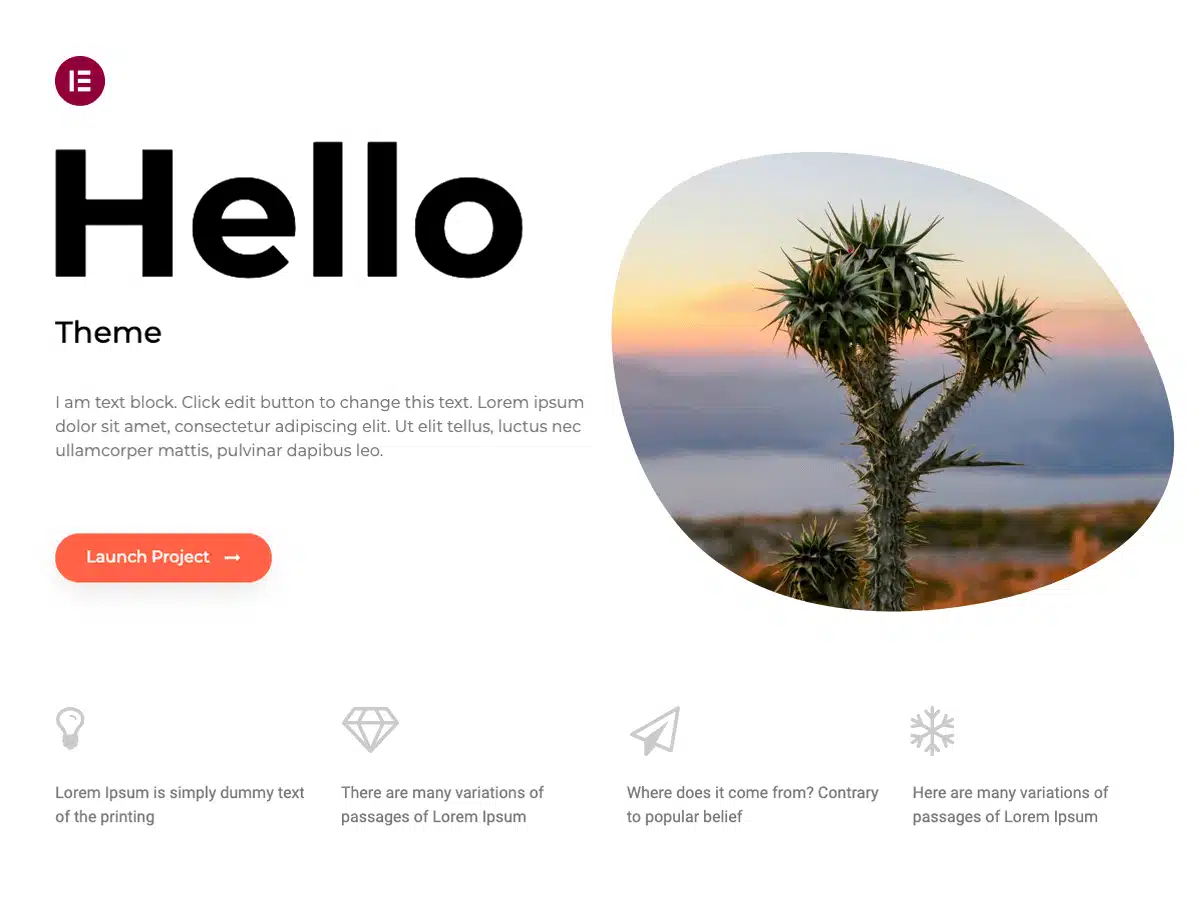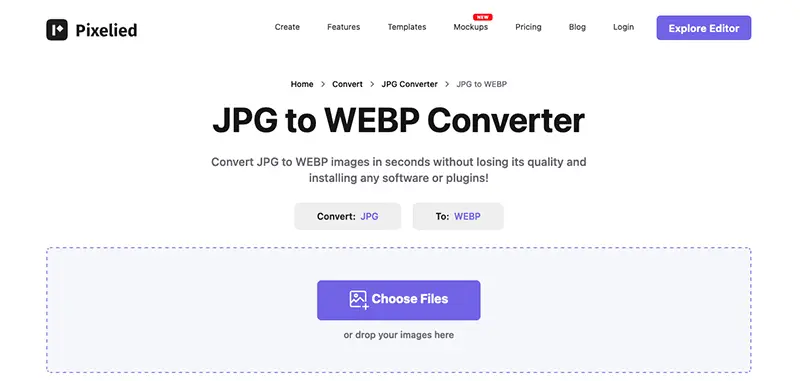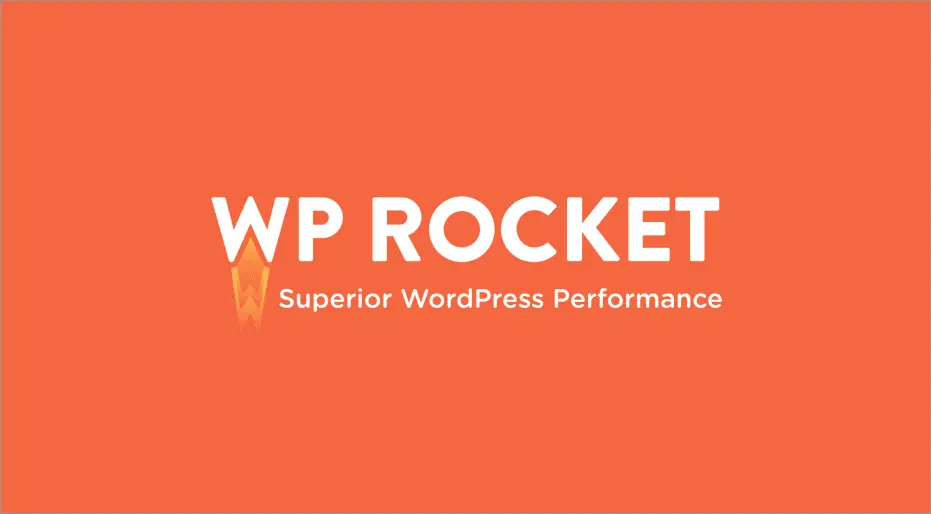How To Improve Your WordPress Site’s Speed
- Published:
- Updated: January 29, 2024
Share this article:

Improving the speed of your WordPress site is crucial for both user experience and search engine optimization. <a href=”https://juanrojodesign.com/how-to-make-your-wordpress-website-blazing-fast/”><strong>A slow-loading website</strong></a> can drive away visitors and negatively impact your search engine rankings. Here are some tips on how to improve the speed of your WordPress site:
Total Time: 3 minutes
Use a lightweight theme:
Selecting a theme that is optimized for speed can significantly improve the loading time of your website. Look for themes that are minimalistic and use lightweight coding. Our agency uses Elementor’s Hello theme, as it’s a bare bones, lightweight theme, which pairs perfectly with Elementor Pro.
Optimize images:
Large image files can slow down your site’s loading time. Use image compression tools to reduce the size of your images without sacrificing quality. Next generation image file formats such as webP and avg for icons are now widely used, which in some instances can provide the same resolution as their jpeg and png counterparts at half the file size. If you don’t have Photoshop, you can use multiple online free converters, such as the one below from Pixellied.
Enable caching:
Caching stores static versions of your website, which allows it to load faster for returning visitors. There are several caching plugins available for WordPress, such as W3 Total Cache and WP Super Cache. We use a premium plugin called WP Rocket, which pairs perfectly with Flywheel’s caching feature. I need to point out that no amount of caching will speed up a poorly built website, which didn’t take performance into account during the design and development process. 
Minimize the use of plugins:
While plugins can add functionalities to your site, they can also slow it down. Only use necessary plugins and delete any that are not being used. Above all, make sure that you are only using plugins with a wide installation base and preferably premium or a free version with a premium offering.
Use a content delivery network (CDN):
A CDN stores a copy of your website on servers located around the world. This allows visitors to access the website from the server that is closest to their location, improving the loading time. For instance, Flywheel’s managed WordPress hosting offers CDN as part of their core features.
Optimize your website’s code:
Minify CSS, JavaScript, and HTML to reduce the size of your website’s code. This can help improve the loading speed of your site. However, I’d use that technique as a last resort, as it can create issues in the front-end. Above all, make sure your code is as clean as possible from the start, which is another reason why you should hire an experienced WordPress developer, instead of trying to build your website on your own.
Use lazy loading:
Lazy loading delays the loading of images and other media until they are needed, which can improve the loading time of your website. However, while this technique does improve page load speed, it’s simultaneously flagged by Google’s Page Speed Insights as a factor contributing to a lower user experience.
By following these tips, you can improve the speed of your WordPress site and provide a better user experience for your visitors. Not only will a faster website keep your visitors happy, but it will also improve your search engine rankings and drive more traffic to your site.
